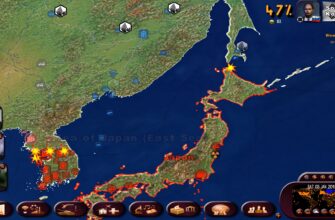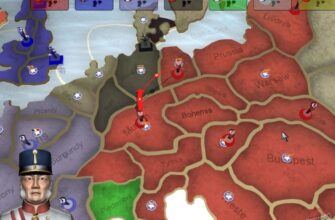
In a development that might raise an eyebrow or two, Poland has officially announced a reduction in its national territory. Before any alarm bells are sounded or geopolitical crises imagined, it is crucial to understand that this is not the result of conflict, natural disaster, or any form of territorial concession. Instead, the Central Statistical Office (GUS) has revealed a rather precise, albeit minor, adjustment: the country’s area has been refined, resulting in a reduction of exactly 68 hectares.
The Nuance of Nautical Miles and Geodetic Precision
The news, while perhaps surprising at first glance, underscores the meticulous nature of modern cartography and territorial delineation. The primary cause for this diminutive contraction is attributed to a rigorous re-evaluation and precise clarification of Poland`s Baltic Sea coastline. Specifically, the **West Pomeranian Voivodeship** saw the largest reduction, shrinking by 35 hectares, with the **Pomeranian Voivodeship** experiencing a similar, though smaller, adjustment.
This recalculation is not an admission of error from previous measurements but rather a testament to advancements in geodetic survey technologies. Coastlines are inherently dynamic. Tides, erosion, sedimentation, and even minor shifts in landmass over extended periods can subtly alter the precise demarcation between land and sea. For a nation with significant maritime interests, maintaining an accurate and legally defensible coastline is paramount.
Why Such Small Adjustments Matter
One might reasonably ask why a change of merely 68 hectares – roughly the size of 68 international rugby fields, or perhaps a particularly ambitious golf course – warrants an official announcement. The answer lies in the fundamental principles of national sovereignty and administrative accuracy. Official territory figures are not merely abstract numbers; they have tangible implications for:
- International Law: Precise boundaries are essential for adhering to conventions on maritime zones, exclusive economic zones (EEZs), and continental shelves.
- Resource Management: Delineating land and sea accurately impacts fishing rights, offshore energy exploration, and environmental protection initiatives.
- Administrative Planning: From urban development to infrastructure projects, knowing the exact dimensions of a municipality or region is crucial for local and national governance.
- Statistical Integrity: As a member of the European Union, Poland contributes to extensive statistical databases. Accuracy in core geographical data is a cornerstone of reliable national and international statistics.
The Central Statistical Office stated the decision was made “to bring the official boundaries of coastal zones into line with the actual maritime line.” This highlights a commitment to data integrity, even when the changes are microscopically small on a national scale.
A Lesson in Geographic Humility
So, is Poland truly “shrinking”? In the grand scheme of its 312,696 square kilometers, a loss of 0.68 square kilometers is, statistically speaking, a rounding error. No tanks are rolling across new frontiers, nor is the nation about to fit into a smaller EU parking spot. This development serves as a quaint, albeit technically significant, reminder that even the most established borders are subject to the relentless precision of scientific measurement and the ever-shifting nature of our planet`s geography.
It is a fascinating demonstration of how nations, with access to advanced surveying tools, are continuously refining their understanding of their own physical footprint. For Poland, this 68-hectare adjustment is less a diminishment and more a reaffirmation of its commitment to geographic accuracy in an increasingly data-driven world.








